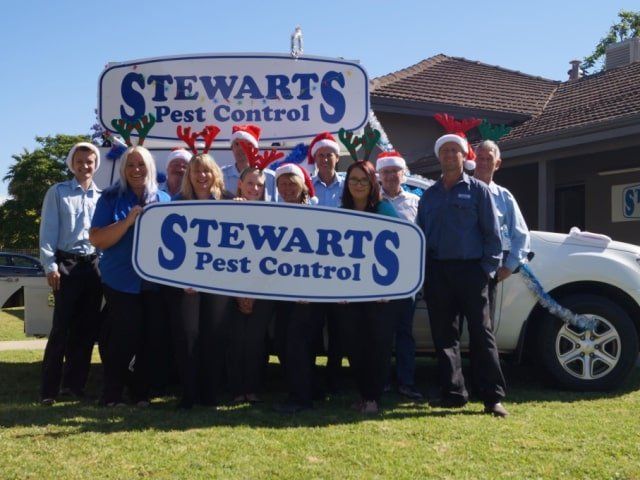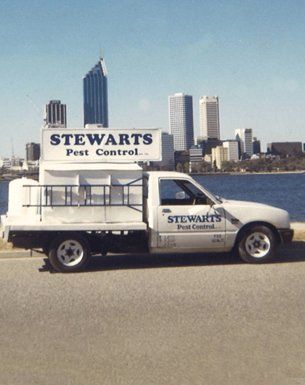Fully Licensed Technicians
Pigeon Control and Removal Perth
P I G E O N S
Pigeon Shooting
At Stewart's Pest Control, we offer a highly effective and immediate solution for controlling bird populations through shooting. Our licensed pest management technicians are fully qualified, holding both pest management and firearm handling licenses, which allow them to safely and legally use firearms to reduce pigeon numbers in specific situations.
This method is designed to quickly and safely reduce the number of birds in a given area, offering immediate relief to properties dealing with pest issues.
Shooting is typically conducted at night, as birds are more likely to be roosting during these hours, ensuring the process is as efficient as possible. It is especially well-suited for enclosed areas, such as warehouses, storage facilities, or other structures where birds tend to gather in large numbers. By targeting roosting birds, this method provides a swift reduction in their presence, preventing further damage and maintaining a cleaner, more pest-free environment.
Stewart’s Pest Control ensures that all shooting operations are carried out safely and responsibly, adhering to the highest standards and local regulations. Let us help you manage your pest issues quickly and effectively with our specialized shooting service.






